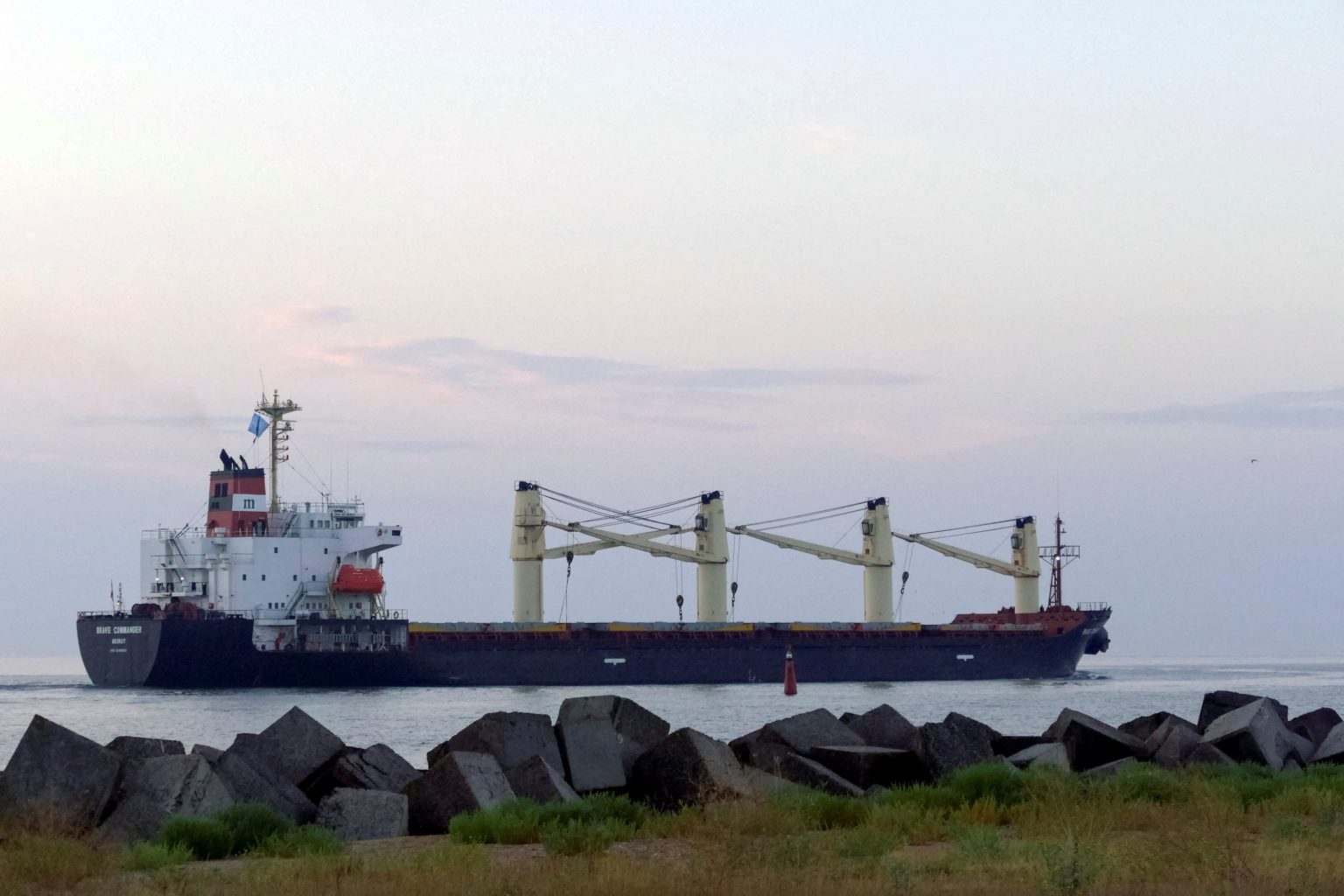OPEC+ surprises with larger-than-expected supply hike
The oil market has had a volatile month due to developments in the Middle East. ICE Brent briefly traded above US$80/bbl following US strikes on Iranian nuclear facilities. The move, which followed Israeli strikes on Iran, raised supply concerns, not just in terms of Iranian supply, but the potential for disruption to oil flows through the Strait of Hormuz, a crucial chokepoint for oil flows, with a quarter of global seaborne oil trade moving through the strait.
However, tensions de-escalated in the Middle East much quicker than expected, and the ceasefire between Israel and Iran appears to be holding, helping to push oil prices back below $70/bbl. Still, there are risks for a re-escalation, and attacks by the Iranian-backed Houthis on vessels passing through the Red Sea are a concern.
Another factor influencing the oil market remains the OPEC+ output policy. The group has continued to increase supply, and in fact announced a larger-than-expected supply increase for August. The group is set to bring 548k b/d of supply onto the market next month, more than the 411k b/d the market was expecting. This also takes the total amount of supply increases announced by OPEC+ to a little more than 1.9m b/d and leaves the group on track to bring the full 2.2m b/d of supply it was scheduled to bring onto the market by the end of September 2025 – 12 months ahead of schedule.
While the return of these barrels from OPEC+ will lead to a better-supplied market, we will have to wait until the fourth quarter of the year before seeing the market move into surplus. Our balance sheet still shows a relatively tight market through the third quarter of this year, and this is also reflected in the strength of the prompt time spreads in crude oil. We believe prices should come under more sustainable downward pressure from the fourth quarter of this year onwards. We forecast Brent to average $64/bbl over the second half of the year and $57/bbl in 2026.
A key upside risk to this view is a re-escalation in the Middle East, which would require the market to again start pricing in a larger risk premium.
Looking at downside risks, tariffs remain a potential drag on the market. However, OPEC+ policy could provide further downside to oil prices. The next OPEC+ meeting in early August is important for the oil market as it should shed some light on whether the group is content with bringing back just the 2.2m b/d of supply that was expected, or whether it will return the next tranche of supply cuts to the market. If we see the latter, it will mean a larger surplus for the oil market further ahead, and more downside for oil prices.
Gas fundamentals suggest prices will remain well supported
European natural gas prices also moved higher on the back of the escalation in the Middle East amid concerns that more than 20% of global LNG trade could be at risk with a potential disruption to shipping flows through the Strait of Hormuz.
Given that global gas markets are still relatively finely balanced, such a disruption would dramatically change the outlook for the natural gas market. However, European gas prices have since fallen with the de-escalation.
The European market remains relatively tight with EU gas storage 61% full compared to 79% at the same stage last year, while also being below the five-year average of 70%. In order to hit the 90% storage target, prices will likely need to remain well supported this year to ensure enough LNG is being brought into the EU. The fact that we have seen weaker Chinese LNG demand so far this year has helped with stronger LNG flows into Europe. However, we will need to see European prices trade at a premium to spot Asian LNG to ensure this trend continues over the latter part of the year.
While we expect prices to remain well supported, we believe that significant upside is limited. The fact that the European Commission is introducing more flexibility with storage targets ahead of the next heating season means that EU buyers will not need to chase the market higher to hit storage targets in the event of unfavorable market conditions.
In 2026, global LNG export capacity is set to continue growing, with as much as 70bcm set to start up, which should leave global gas markets better supplied, providing further downside to European gas prices next year.
Source: ING



